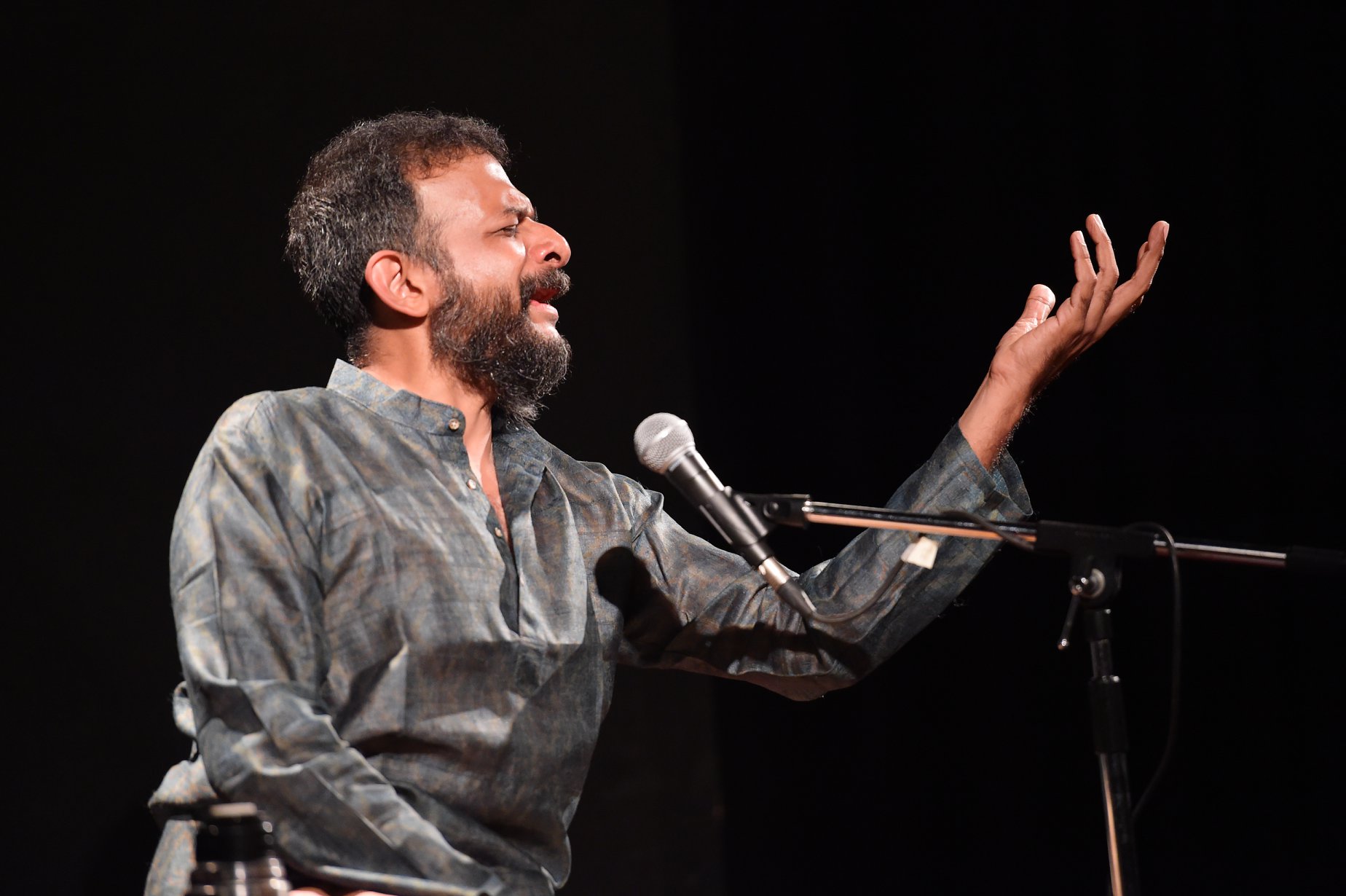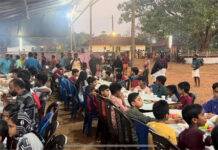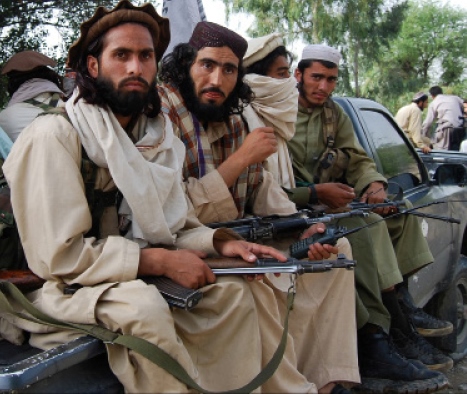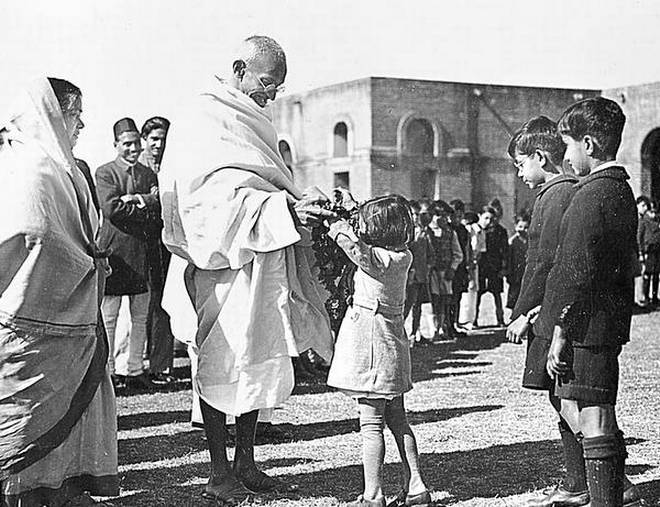Art is a form of self-expression. Art as a medium enables the artist to depict his/her ideas in a unique way. The artist is also capable of utilising his/her art form in a manner that it transcends the immediate self and speaks of issues in the political and cultural domains.
Thus art for art sake as an epitome of aesthetic expression is seen to be esoteric, elitist and often capable of being comprehended by distinct elite who possess a certain kind of cultural capital.
On the contrary, there is art which leaves behind the burden of being valid only for its aesthetic appeal but steps into the real world where injustice, domination, hierarchy and violence are everyday affairs.
When art becomes a political tool it allows itself to speak on issues that matter in the real world. Art in the form of literature has spoken about the oppression of the proletariat in industrial England and the injustices inflicted on the backward castes in Indian society, art in the form of paintings have shown how women were confined within domesticity and denied self-expression in traditional societies or how during the Bolshevik revolution the common people took the streets, in the form of sculptures art has shown how even the most fragile bodied person walked behind Gandhi in the Salt Satyagraha, art in the form of music enabled people like John Lennon to look beyond war and bloodshed and compose a song on humanity and brotherhood- a song that was so powerful that it lead to his assassination.
Art in its various manifestations has the potential to reflect on the immediate issues of the times and influence public perception.
Munshi Premchand’s powerful narrative in his novel Nirmala or his depiction of the plight of the poor farmers in his story Sawa Ser Gehun establish the literary genius of the writer who although not commenting on the pathology of the caste system in an academic paper or an ethnographic study of village society, establishes a sensitive and thought provoking impact on the mind of the reader. Similarly, look at the way Manto in his story ‘Khol Do’ speaks about the onslaught on women’s honour and rampant rape during partition.
Was Manto a historian? Was he a journalist? No, but his sharp eyes for human pain, his penetrating insight into the mindlessness caused by communal strife and his ability to penetrate into the agony of those who had to bear its brunt- makes his narratives often more powerful than even the so called ‘real’ stories.
The powerful tool of art has not only limited itself to the leisurely preoccupation of a few but has ignited the imagination of the masses for generations.
When John Lennon composed the song ‘Imagine’ about creating a world where divisions of nationality and religion wouldn’t matter and there would be universal brotherhood it created a wave throughout the world. For the powerful and radical lyrics John Lennon was murdered in December 1980. Art is political and to artificially encourage a separation from politics would be an exercise in vain.
Art is not just poetic lyrics embedded in a catchy tune or beautiful colour combinations spread out on canvas- art is a path breaking commentary on the crisis that the world is facing.
Art encourages the radical shift in ideas, encourages the audience to rethink the given, revisit the taken for granted and witness the world with eyes that are awakened.
The folk in art is also one of the major powerhouses for political art. Musical forms such as the Kajri in Uttar Pradesh and the Bidesiya in Bhojpur offer sharp colloquial commentaries on issues like migration, the compulsion of the male folk to leave the family and childhood memories in search of distant lands.
Similarly, folk theatre in the form of the Gambhira in Bengal talks about contemporary issues as diverse as unemployment, identity crisis and poverty in the villages.
What is interesting to note is that that while these art forms retain the ‘artistic flavour’ and the power to ‘entertain’, they convey sharp commentaries on contemporary themes.
The Purpose of Art
In recent times the spirit of art and the nature of it, is not realised. So when it should be seen in terms of an expression, it has rather been categorised in terms of ideologies, art is labelled and is branded and not celebrated. Any artist or any art form is not tolerated if it does not suit the political leadership of the state, if it does not sync with the ideas of the ruling party. Does art really have to follow the dictates of the state? Art does not come through directions or dictates but through the flow of creative agency. Art is political but can we confine art to mere ideology?
The idea of limitless boundaries of art is challenged in such kind of a state order, be it the times when Indira Gandhi imposed emergency in India, all Kishore Kumar songs were banned from state run radio channels and Doordarshan by the then broadcasting minister V.C Shukla, close associate of Indira Gandhi’s younger son Sanjay Gandhi. It was alleged that since Kishore Kumar refused to sing at a Congress rally, this ban was imposed on him. Not only were his songs banned, but his film, Aandhi, by Gulzar was also banned as it was a political drama based on the life of the then Prime Minister Indira Gandhi.
Today, similarly state murder of art is practised by the hindutva forces who are opposing the concert and shows of the famous Carnatic singer T.N Krishna, just because he has an opinion and he raises his voice against what is not fair, his singing has no religion and there is no one god whom he impress.
How long can one control the ideas and expression of mind just because it does not match with that of the ruling political establishment? Can banning a show or a song, ban the ideas of the artist as well or can burning a painting burn the artist as well?
Another question which this kind of state order raises, is of intolerance, how intolerant one becomes at authoritative position that they try to control every dissenting opinion in the state, as a party or ideology why there is intolerance towards other kinds of ideologies. Why does victory always come through demeaning or repressing others?
The task of politics is not to repress ideas but let the free flow happen and amidst them let the stronger idea emerge and rule without crushing others. The reality which we face today is nowhere related to inclusion, it is only based on repression and politics of intolerance, intolerance towards those who point out their finger towards wrong, who speak of different forms, different from the dominant discourse. Politics of repression or politics of intolerance can through their coercive power curb the voice from the public sphere, but it cannot control the mind from where the idea germinated. They might not be able to become a part of the popular discourse but will continue to live and stay in the mind of the artists. The artist will invite the sensitive minded individuals in the society to break free from the prison of political determinism and revisit the unjust social practices.














